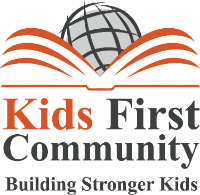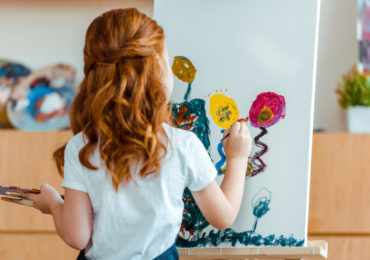There are three types of learning styles, and knowing your child’s main style of learning can help you know how to help them in school! Here are some tips for each learning style.
Visual Learners
Children who are visual learners best absorb information they can see. For example, they thrive on charts and diagrams which explain categories or processes. They like using shapes or textures to represent ideas. They may also have a harder time remembering something that was simply spoken to them. Schools typically accommodate an auditory style of learning more than visual, so you can help your child out at home! They may benefit from using sight words, such as flashcards with pictures. If your child is having trouble grasping a lesson, try putting it into story form. You can also teach them motions to pair with words or ideas.
Auditory Learners
As the name implies, auditory learners best absorb information by hearing it. Children with this learning style prefer discussions or lectures to reading. They will likely be inclined to process out loud or talk things out. They also are often more eager to contribute in the classroom by making comments or answering questions. If your child is an auditory learner, there are several ways to help them review and process information easily. Try using CD or DVD curriculums to teach certain subjects if you homeschool. You can also play some quiet background music or white noise while they are studying to aid concentration. Encourage memorization and recitation. Ask them questions and have them explain concepts to you. This will help them process the information in a beneficial way.
Kinesthetic/Tactile Learners
Does your child like to move around a lot, and can’t seem to sit still in the classroom? They might be a kinesthetic learner. These learners absorb information through their senses, especially through doing and experiencing things. They often are very coordinated and can get distracted easily if the only teaching method is visual or auditory. Kinesthetic learners need to be moving around, and benefit from hands-on learning. If your child is kinesthetic, they may have a hard time in a regular school setting. At home, you can help them by letting them move around while they review things. Or let them take short breaks to run a lap around the backyard or do something with their hands. You can also create a private study space for them free of distractions.
Your child will benefit from your input and help as they navigate the early years of school. Have patience and see what works best for them!







